-
Posts
359 -
Joined
-
Last visited
Content Type
Profiles
Forums
Blogs
Gallery
Events
Store
Posts posted by Utgardloki
-
-
Thanks for answering, that makes sense!
I personally would wear the small one on the field and the large one at formal occasions away from the front not illustrious enough to wear the big medal bar. But well... I am sure there were much more important things to think off back then than what kind of medal bar to wear.0 -
On 23/07/2009 at 10:29, Komtur said:
So it actually should be exactly this black eagle chain that was sold lately at Thies to a museum, if I remember correctly. Interesting that they did not put this picture in the catalog.

--------------------
Beside that, does anyone know if this sword is still existing?
 0
0 -
On 25/10/2019 at 17:28, laurentius said:
I agree here with ixhs, this bar has a RAO4 or a KO4. This is a so called 'old-style' ribbonbar and these were worn untill 1915. Some functioned solely as ribbonbars, but others functioned both as medal- and ribbonbars, usually with hooks on the back. A lovely piece, finding something related to a non-com RAO or KO is rare.
Kind regards, Laurentius
I personally like these old-style ribbon bars, I think they look fantastic with the field grey uniform. I thought it was just some sort of fashion that some people preferred them (or bought them additionally) over the small ones. Was there a directive given out in 1915 (maybe with the new uniforms??) that these should no longer been used?
0 -
Fantastic picture!
Is it this kind of uniform?:

It's very hard to find pictures of them...
0 -
The medal looks similiar to these:
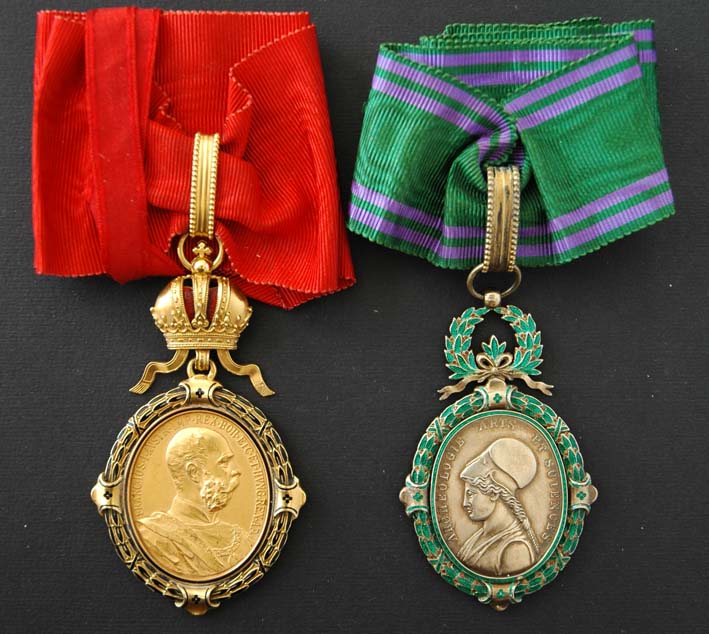 0
0 -
That were some highly interesting posts - I learned a lot!
To throw something in myself. The price the Generalordenskommission payed for a normal RAO4 was 9 Mark
The price for the normal KO4 was 21 Mark
So it was quite expensive in comparison with the RAO4
0 -
Has anyone pictures of the flags in the St Louis Chapel, I couldn't find anyone...
That is a very interesting text about the flag collection at the Zeughaus Berlin:
0 -
Thanks for the answers. Yeah those collecting albums are pretty nice, I am going to get one.
I am looking forward that someone decides to gather information for a new publication.
Schöne Grüße!
0 -
I recently went through allot of regimental histories and also the book "Geschichte der königlich preußischen Fahnen und Standarten seit dem Jahre 1807" and was wandering what happened to all these Fahnen. Is there any publication were it is written down which ones are lost (or no one knows were they are) and which ones are still there and were they are.
It is very hard to find detailed photographs of the ones still existing, so if there are good books let me know.
0 -
Sehr interessant, also ähnlich wie beim Schwarzen Adlerorden und dem Roten Adlerorden, gabs das noch bei anderen Kombinationen?
Very interesting, so similar to the Black Eagle, Red Eagle Order, does this also exist with other combinations (other German states or also at non German order systems)?
0 -
Thanks that perfectly answered my question!
That's a very interesting topic, I have till know never recognized this, although I know some of the photographs You brought up as examples. Seems like this also was possible with the old uniform regarding the Plettenberg picture (does anyone know when this was taken? During Gorlice Tarnow before he received the PlM? Or did they just reuse an old picture of him for these postcards?)
0 -
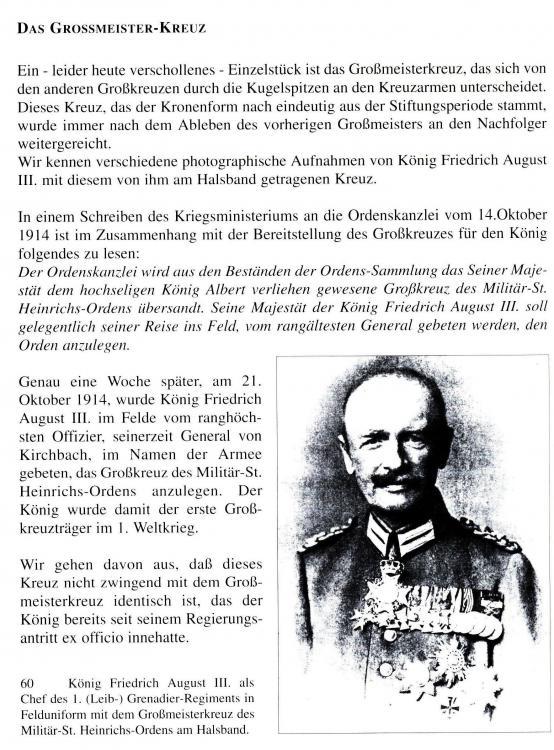
I am going to roughly translate this for the non german speakers:
The grand masters cross:
One - unfortunately today missing (would be interesting if someone could clarify this) - single-item is the grand masters cross, which separates itself from the other grand crosses through the ball shaped ends on the cross arms. This cross, that cause of the crown-form clearly is from the creating period, was given after the death of the former grand master to its successor.
We know different photographs of king Friedrich August III. with this from him around the neck worn cross.
In a writing of the war ministry to the orders chancellery fro the 14th October 1914 is in connection with the provision of the grand cross for the king written:
"To the orders chancellery will be send out of the stocks of the order-collection the to H.M. the highly blessed king Albert awarded grand cross of Military Order of St. Henry. H.M. the king Friedrich August III. should occasionally (on) his travel into the field, from the highest-ranking general, be asked to wear the order."
Exactly one week later, on the 21th October 1914, king Friedrich August III was asked in the field from the highest-ranking officer, at this time general von Kirchbach, in the name of the army, to lay on the grand cross of the Military Order of St. Henry. The king got through that the first grand cross bearer of the 1st world war.
We assume that, that this cross not necessarily is identical to the grand masters cross, that the king already held ex officio when taking over the reign.
0 -
Thank You all for your interesting posts!
I found this picture of the so called "Großmeisterkreuz" (grand masters cross) :
It is tagged: "Großmeisterkreuz des Militär-St. Heinrich-Ordens. Metall. Dresden: Militärhistorisches Museum der Bundeswehr in Dresden" (Grand masters cross of the Military Order of St. Henry. metal. Dresden: military historic museum of the Bundeswehr in Dresden)
0 -
In this photograph Friedrich August III. is wearing what seems to be a grand cross badge around his neck. Was this just some sort of fashion done by him or was this legitimated through the statutes?
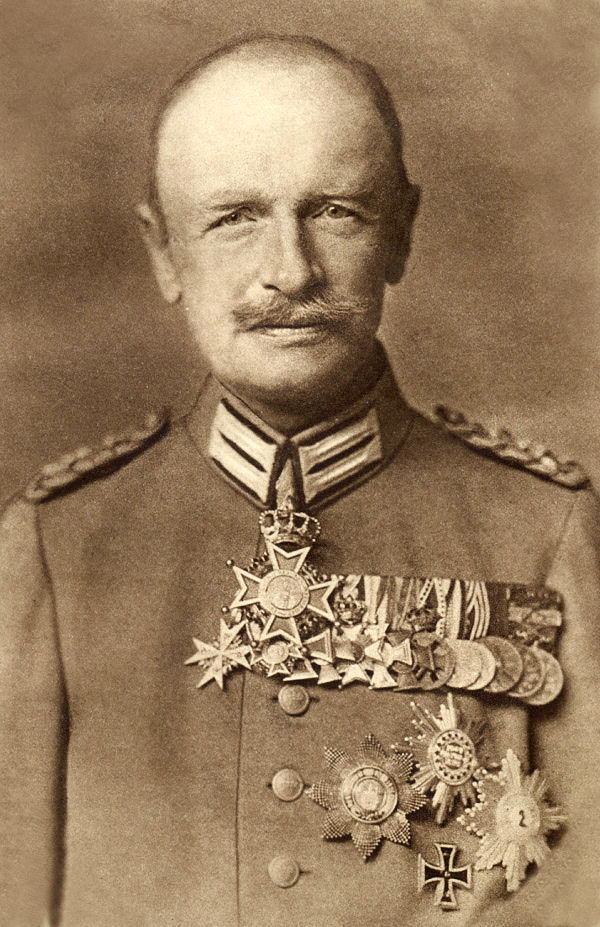 0
0 -
I just have to share the beautiful set that was sold today.
If I understood it correctly it went to a museum which is awesome. I hope we can find out where it went.
Gustav von Alvensleben, preußischer General der Kavallerie à la suite der Armee was the first bearer of the chain and Emil Graf von Schlitz gen. von Görtz the second bearer.
After he died the family bought it and his other prussian order insignias from the Genrealordenskomission for 952 Mark.







 0
0 -
-
A picture of the red eagle order grand cross with oak leave, crown, scepter and sword
 0
0 -
Are You shure this is the same bar, they are folded differently...
0 -
16 hours ago, FAR 32 said:
Regarding the medallions of this award, I notice three rocks (or ostrich eggs?) laying in the grass in front of the tower. Does anybody know what their significance is, or what they represent?
That's very interesting, I did not find anything either.
Does anyone have more pictures of versions in "Brillanten", I only know the one from Wikipedia
 0
0 -
Thanks for further explanation, I personally would prefer the Bavarian approach...
Overall the fact that it took so long that something above the EK1 was needed is again a reminder how much an EK1 for the low ranks actually was...
0 -
Thanks! So can it be said that to get the Militär-Verdienstkreuz you had to do three "equally brave" things. Or did it have to be something really "special" to receive it.
And what about the "equivalents" from the other German states. Was the award criteria similar?
0 -
I have a question regarding the prussian Goldenes Militär-Verdienstkreuz. Why did it take until October 1916 to award this medal?
I read that only one was awarded in 1916, 54 in 1917 and 1716 in 1918!
Why took it so long to award it in higher numbers? Did they forget that it existed?
0 -
On 27/08/2019 at 21:54, saschaw said:
The theft took place at Schloß Hohenschwangau (near Schloß Neuschwanstein), but, as can be seen in the picture, this medal bar was still there after to theft, which means it was not stolen. Many other pieces were stolen, however, but I think all or at least most of them, luckily, found their way back to the museum.
I once read they got back around the half of the 106 stolen ones.
0 -
Does anyone know non german or russian gartered stars?
0



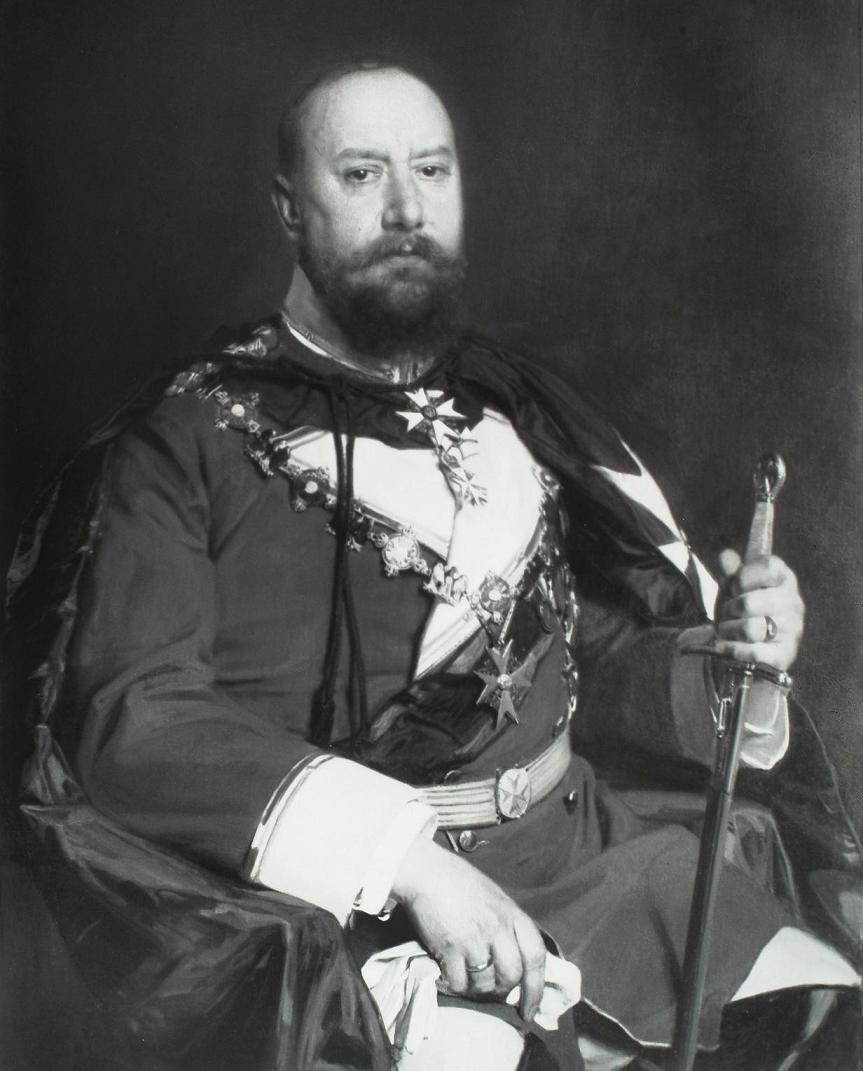


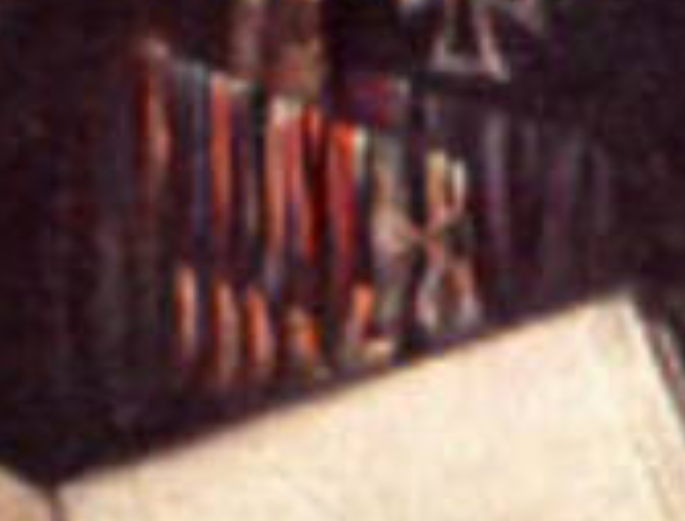
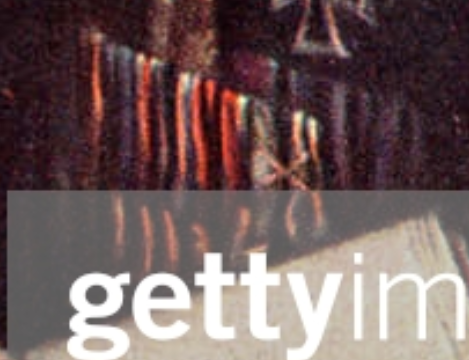
Exhibition of German POW
in Germany: Imperial: Rick (Research) Lundstrom Forum for Documentation and Photographs
Posted
Highly interesting, thanks for sharing!